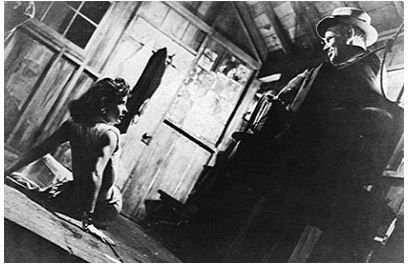Creative Photography: Techniques, Tips & Fresh Ideas to Spice up Your Photos
Beyond Technical Photography
Digital photography is such a technical field that those new to it often forget about employing creativity and just try to get the exposure right, set the media management correctly, and just get the image reasonably framed. Creative photography is an aspect of almost all forms of photography, from photojournalism to constructed image photography. For those that want to start employing creative photography into their work, there are a few different approaches that they can bring in to open up their conception of what photography is. Here are a few techniques that you can use when trying to appropriate your own approach to creative photography.
Creative Camera Angles
Creative camera angles are some of the central ways by which people try to express things in creative photography. Since you are shooting

pictures of different objects that exist in the real world, you can only manipulate objects so much to put them in the visual context you want. The simplest way to change the interpretation of a subject or object is to employ a creative camera angle that will immediately change the way it is taken by the audience. Low angle shots often add power to subjects, while high angle shots can be flattening or even demeaning to them. Canted angles, called a Dutch Angle in film, can often make a viewer uneasy and make it seem mysterious. You can try a whole range of creative photography, taking a look at whether or not the image perspective is reflective of your concept.
Creative Camera Lighting
One of the other real key elements to creative photography is creative camera lighting. For those who are new to digital photography they will often just want enough light to get an exposure, but that is not the pure essence of creative photography. The camera sensor really just reads light, and the way that you dress an image up in it will really determine its appearance and context. Strong, hight contrast lighting is more dramatic and intense, while a flat lighting is much more plain and easy. The reality is that with creative camera lighting you cannot say exactly what will do what, so you really have to try different things. When you are setting up a plan for creative camera lighting try thinking about looks you want to achieve, the relation between emotions you want to evoke and different visual representations, and classic pieces of art that you can replicate in your work. Try different extreme forms of lighting, such as silhouettes on different characters as well as doing specific lighting on background areas or areas of the image composition that are not part of the primary subject. Creative camera lighting is not about avoiding conventional lighting rules, but jumping beyond them for specific reasons.
Break the Rules
Understanding the rules of conventional photography is incredibly important so that you can try to break them with your creative photography. Photography is usually considered a format to replicate the real world, but that is not necessarily your primary focus when you are doing creative photography. Instead, you are an artist that intends to portray an idea, story, emotion, perspective, or some other purpose and the photographic principles of convention are only as useful to you as it helps you achieve this. Focus, correct exposure, shutter speed, stability, angles, composure, and other elements are all subject to alteration as it leads to your own artistic needs. Feel free to walk away from these things when necessary, but only so long as it is motivated.
References
Source: Author’s own experience.
Image: Public domain.
This post is part of the series: Photography Tips and Tricks
Articles with tips for different types of photography.